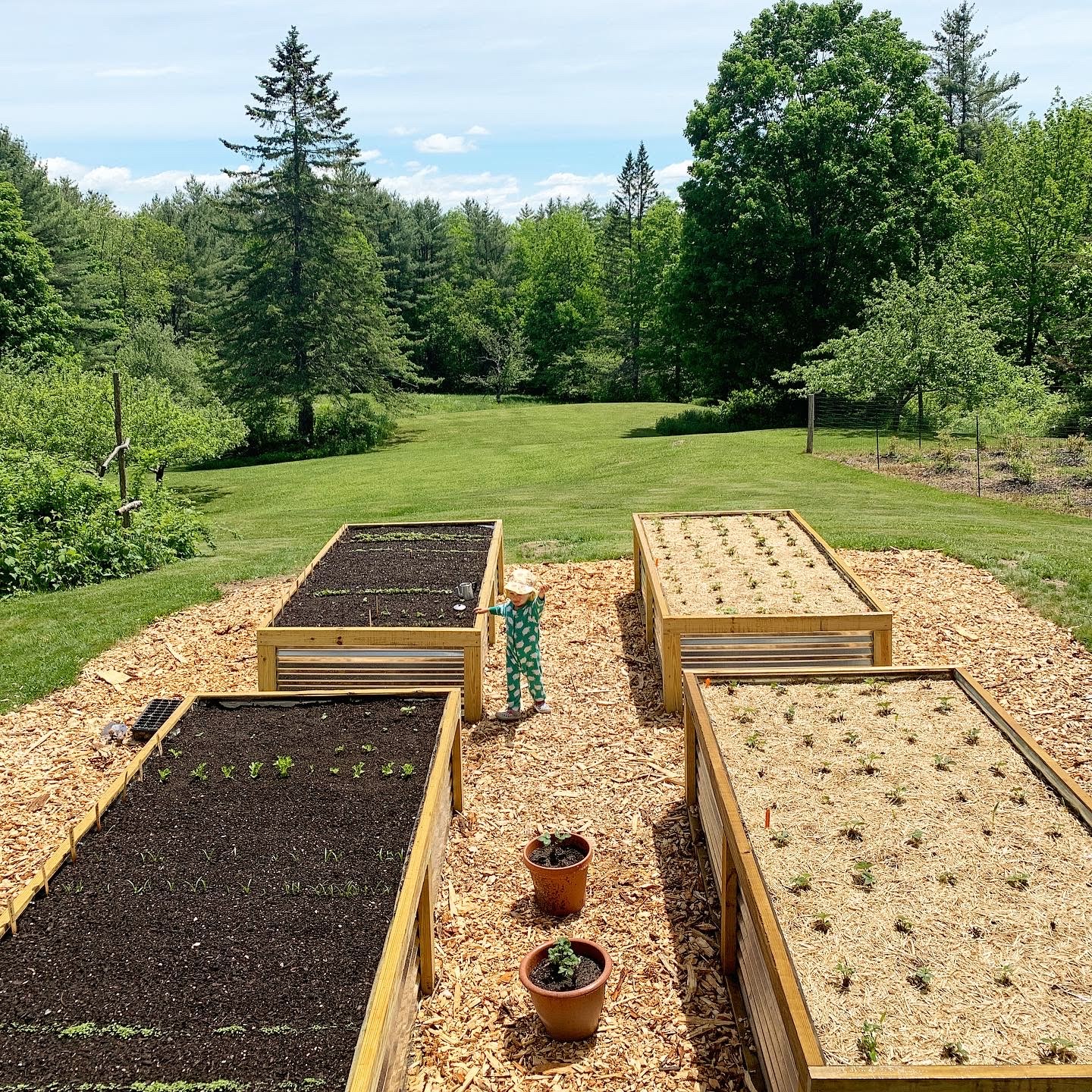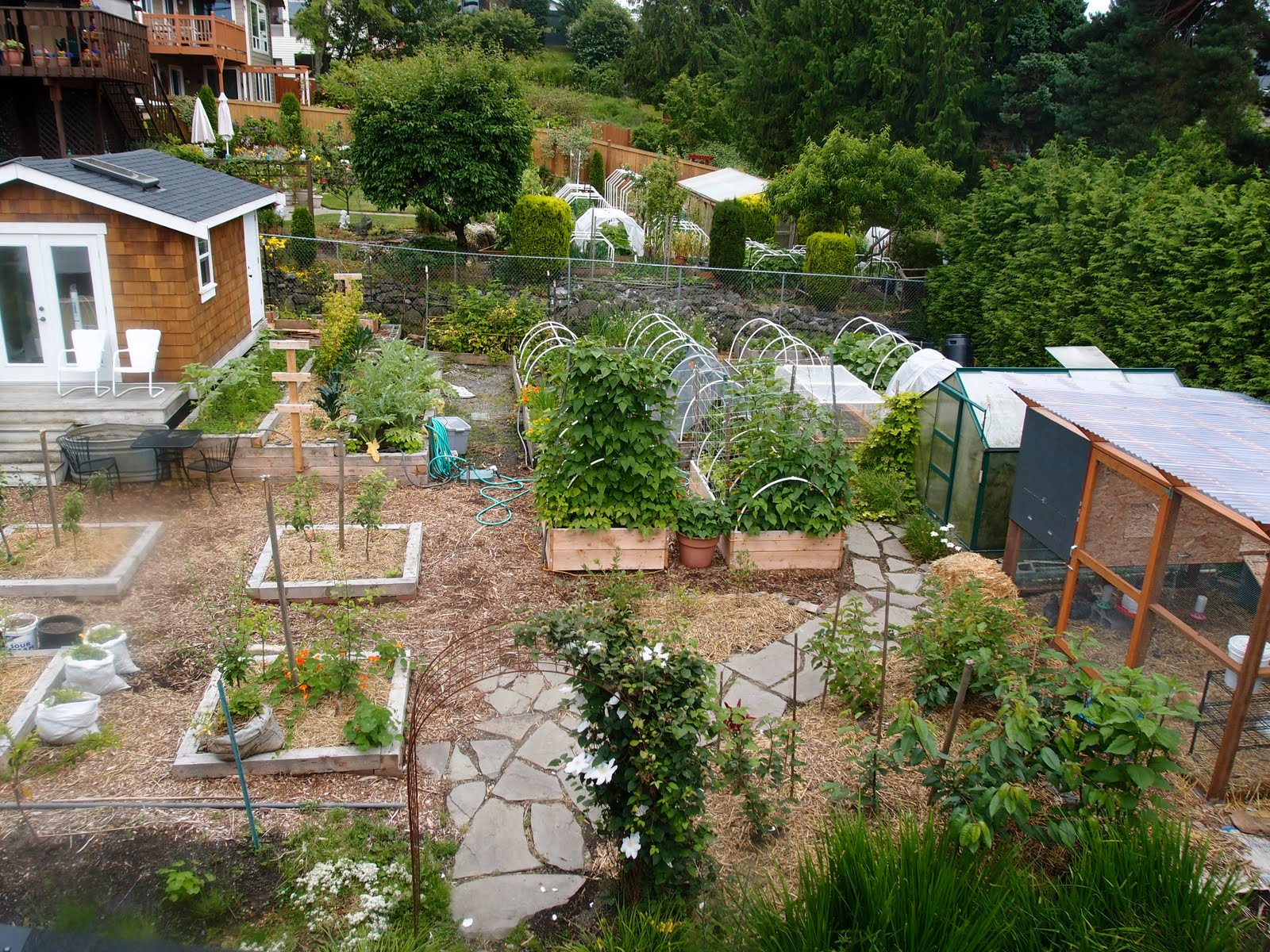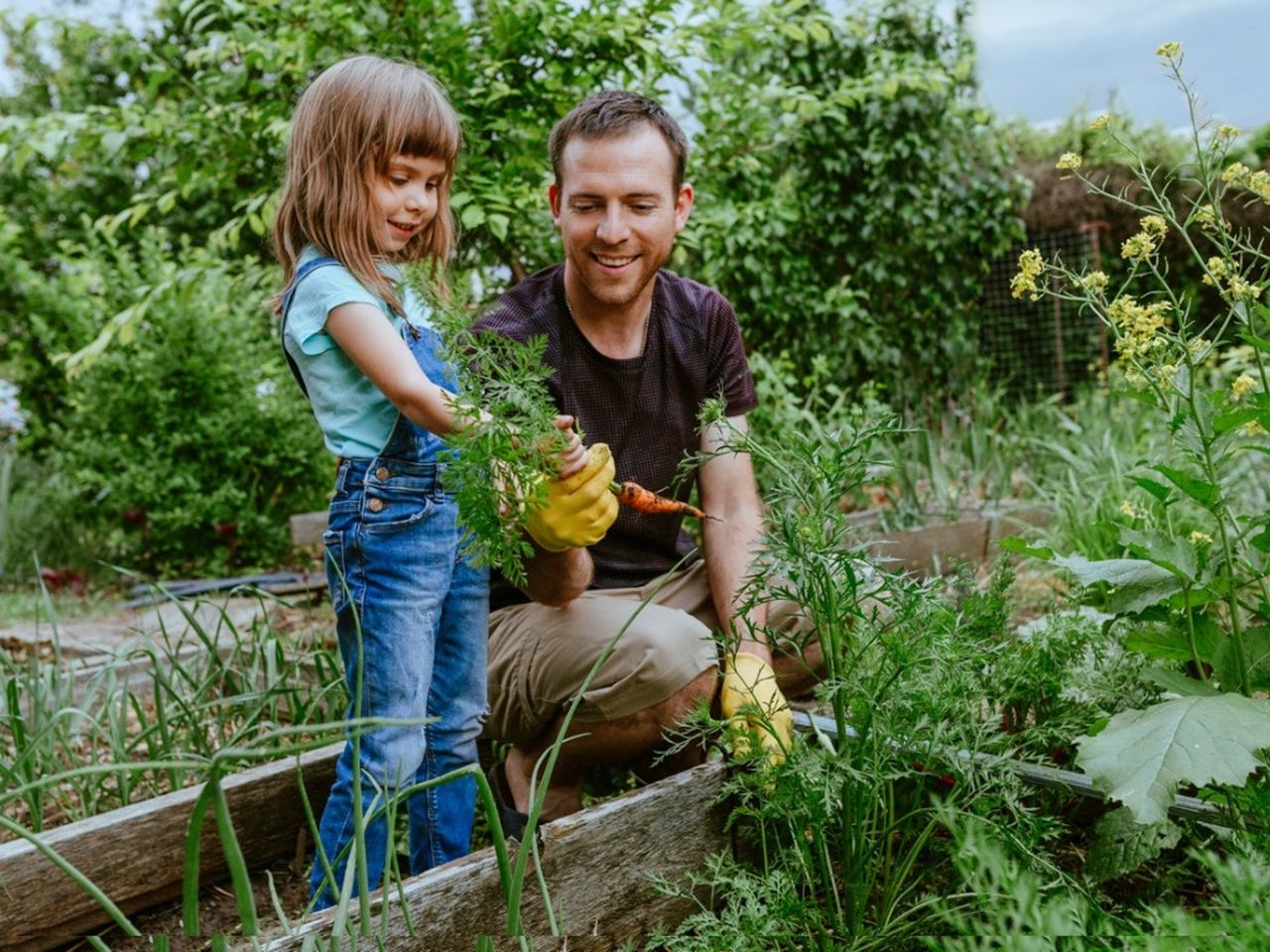How You Can Improve Your Health With Homestead Gardening
How You Can Improve Your Health With Homestead Gardening
Blog Article
Learn Just How to Grow a Growing Gardening Environment for All Skill Levels
Developing a flourishing yard is a complex undertaking that can be embraced by people at any skill level. By analyzing crucial parts such as dirt health and wellness, ideal plant choice, and seasonal care routines, one can establish a lasting gardening technique that generates gratifying outcomes.
Comprehending Your Garden Room
In the realm of gardening, comprehending your garden area is paramount to cultivating a flourishing landscape (Homestead Gardening). The very first step in this undertaking involves analyzing the particular characteristics of your story. Factors such as soil structure, sunshine direct exposure, and drainage play important roles in determining the suitability of your garden for different sorts of plants
Begin by conducting a soil test to analyze pH levels and vitamins and mineral web content, which will certainly educate any type of necessary changes. Additionally, observe just how much sunshine your area receives throughout the day. Different plants have varying light needs; some prosper completely sunlight, while others prefer complete or partial color.

Finally, assess the available room and strategy accordingly. This includes thinking about plant elevations and spread to guarantee appropriate room for development without overcrowding. By gaining a detailed understanding of your garden space, you established the foundation for a successful gardening experience.
Picking the Right Plants
Choosing the right plants for your garden calls for mindful factor to consider of different aspects, including environment, soil conditions, and personal choices. Beginning by examining your regional climate, as certain plants thrive in particular temperature varieties and climate patterns. For circumstances, exotic plants may not survive in chillier areas, while sturdy perennials can withstand severe wintertimes.

Consider your individual preferences, including visual appeal and upkeep levels. Determine whether you prefer lively flowers, lush foliage, or edible crops. Furthermore, consider the time and effort you are eager to buy plant care, as some selections require more focus than others.
Lastly, consider the yard's design and light exposure. Sunshine patterns throughout the day will certainly influence your choices-- some plants require complete sun, while others flourish in shade. By attentively assessing these aspects, you can create a efficient and harmonious garden customized to your atmosphere and tastes.
Important Horticulture Tools
A fully equipped gardener can substantially improve their gardening experience and end results. Essential horticulture devices are fundamental to cultivating a successful garden, no matter skill degree. A strong spade is invaluable for excavating and turning dirt, while a trowel permits for accurate planting and transplanting of smaller sized plants.
Pruning shears are vital for keeping plant wellness by eliminating dead or overgrown branches, advertising far better air circulation and development. Furthermore, a hand rake works for getting rid of debris and freshening the dirt, ensuring ideal problems for plant roots.
Gardening gloves shield hands from chemicals, blisters, and thorns, making them an important accessory. A watering can or pipe with a flexible nozzle makes sure that plants obtain adequate wetness without overwatering.
Finally, take into consideration spending in a tough wheelbarrow for transporting dirt, read more plants, and tools around the garden effectively. By assembling a high quality toolkit that consists of these essential items, gardeners can tackle various jobs with self-confidence and ease, paving the way for a growing horticulture environment. Keep in mind, the right tools not just enhance performance but likewise boost the total pleasure of the gardening process.
Dirt Prep Work and Maintenance
Quality dirt is the structure of an effective yard, making appropriate preparation and upkeep crucial for healthy plant growth. Based on the test results, modifications can be made to optimize soil conditions for specific plant demands.
Including organic issue, such as garden compost or well-rotted manure, is necessary for improving soil framework and fertility. This not just boosts nutrient schedule however likewise promotes beneficial microbial task. Additionally, proper drainage is essential; hefty clay dirts might call for the addition of sand or perlite to improve aeration.
Regular upkeep of soil wellness includes mulching, which saves moisture and suppresses weeds. Rotating crops each year aids avoid nutrient exhaustion and lowers bug and condition risks. It is additionally essential to avoid over-tilling, which can disrupt soil framework and injury advantageous organisms.
Ultimately, a constant commitment to soil prep work and upkeep will bring about a flourishing yard, guaranteeing that plants receive the crucial nutrients they need for durable development and productivity.
Seasonal Treatment and Monitoring

In springtime, emphasis on growing new seeds and plants, while also conducting soil examinations to amend nutrient shortages. Routinely look for insects and illness, as these can multiply with the warming climate. Summertime needs consistent watering and mulching to preserve wetness, along with pruning for much better air flow.
As autumn methods, it's time to prepare the yard for dormancy. This consists of gathering plants, cleansing up particles, and using a layer of mulch to safeguard plant roots from frost. Take into consideration planting cover crops to enrich the dirt throughout the winter months.
Examine frameworks like greenhouses for damages and ensure appropriate insulation for delicate plants. By adjusting your gardening practices to the seasonal cycles, you can view publisher site foster a growing setting that sustains plant health and wellness year-round.
Conclusion
In verdict, cultivating a successful yard requires an Recommended Reading extensive understanding of crucial principles such as dirt make-up, sunshine exposure, and ideal plant choice. Routine seasonal care and administration methods better enhance plant health and performance.
Picking the right plants for your garden needs cautious factor to consider of various aspects, including climate, dirt problems, and individual preferences. Conduct a dirt examination to identify pH degrees and nutrient material, which will assist you in choosing plants that will certainly grow in your garden.Last but not least, take into consideration spending in a durable wheelbarrow for transferring dirt, plants, and devices around the garden effectively.Quality dirt is the foundation of a successful garden, making proper preparation and maintenance essential for healthy and balanced plant growth. Homestead Gardening.In final thought, growing an effective garden calls for a thorough understanding of essential concepts such as soil make-up, sunlight direct exposure, and proper plant selection
Report this page